We know it’s a busy time for Ohio educators. That’s why we’re giving you a few more weeks to recognize a phenomenal STEM educator in your building. Applications for our 2021 OSLN STEM Excellence Awards will be accepted through April 25!
The STEM Excellence Awards will recognize a phenomenal teacher, school or district administrator, and an outstanding advocate for STEM education. Help us find the trailblazers in your community who are expanding access to quality STEM education.
The STEM Excellence Awards recognize one awardee in each of the following areas:
- Excellence in STEM Teaching: The applicant must be an Ohio educator in a K-12 school. We are seeking teachers who demonstrate STEM-infused teaching strategies, collaboration across subject areas, classroom innovation, and positive student learning outcomes.
- Excellence in STEM Leadership: The applicant must be an Ohio school level or district level leader with a proven track-record of incorporating STEM into their school culture or developing STEM programs at the school or district level. We are seeking leaders who support and encourage teachers/schools to infuse STEM teaching strategies, classroom innovation, and positive student learning outcomes.
- Ohio STEM Advocate: The applicant must be an Ohio resident with experience advocating for STEM education through their leadership, community partnerships, and/or grassroots initiatives. We are seeking leaders who demonstrate a passion for the advancement of STEM education in Ohio that leads to positive student learning outcomes.
You can apply for yourself or nominate a peer here.
Applications are due April 25, 2021. (Extended from April 1)
Detailed application PDFs
| Excellence in STEM Teaching | Excellence in STEM Leadership | Ohio STEM Advocate |
2020 Excellence in STEM Leadership Awardee: Dana Letts
As STEM specialist for the Chillicothe City School District, Dana Letts is truly a jack-of-all-trades. In her job, Letts does a bit of everything, from creating STEM-related school programs, establishing community partnerships and writing STEM curriculum, to supporting principals, designing and leading staff professional development, pursuing funding and presenting sessions about STEM to local groups and businesses.
“Mrs. Letts has been known to arrive at school in a suit jacket to lead an early morning meeting and close out the day in boots ‘creeking’ with first-graders in search of critters,” according to her nomination for the Ohio STEM Learning Network’s Excellence in STEM Leadership Award.
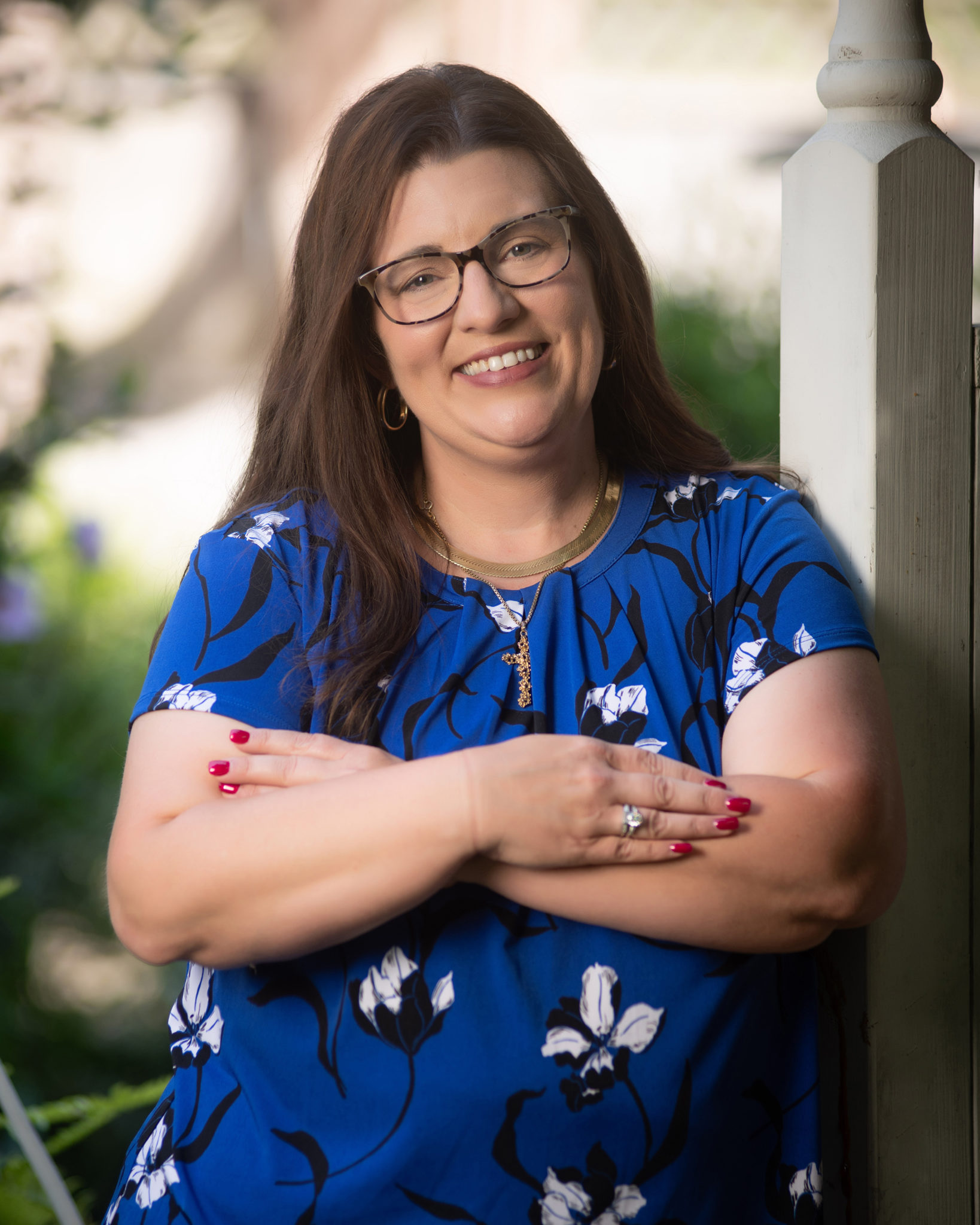 For those reasons and more, Letts recently was chosen to receive that award. In her small-city district surrounded by rural areas where STEM curriculum is still fairly new, Letts has helped to successfully introduce STEM concepts and programs to educators, students and parents. We caught up with this very busy educator to find out how she is helping to transform her district and what she plans for the future:
For those reasons and more, Letts recently was chosen to receive that award. In her small-city district surrounded by rural areas where STEM curriculum is still fairly new, Letts has helped to successfully introduce STEM concepts and programs to educators, students and parents. We caught up with this very busy educator to find out how she is helping to transform her district and what she plans for the future:
Q: Tell us about your school district, its student population and your job in the district.
A: I work for Chillicothe City School District (CCSD) in southern Ohio’s Ross County. Our district is proud to serve approximately 2,800 students in grades K-12. I am responsible for supporting the integration of STEM learning in all areas of our curriculum and ensuring that learning experiences that we design are accessible to every student. I work primarily with Chillicothe Primary School and Chillicothe Intermediate School, but this year my role is expanding to include some projects in the secondary grades. I also work with our current and potential partners throughout the community to discover new ways that we can work together to provide new learning experiences for our students.
Q: Your nomination for the OSLN STEM Excellence Award indicated that you have been instrumental in “shifting your district from traditional instruction to STEM focused learning.” What was your motivation for this change and how have you done it?
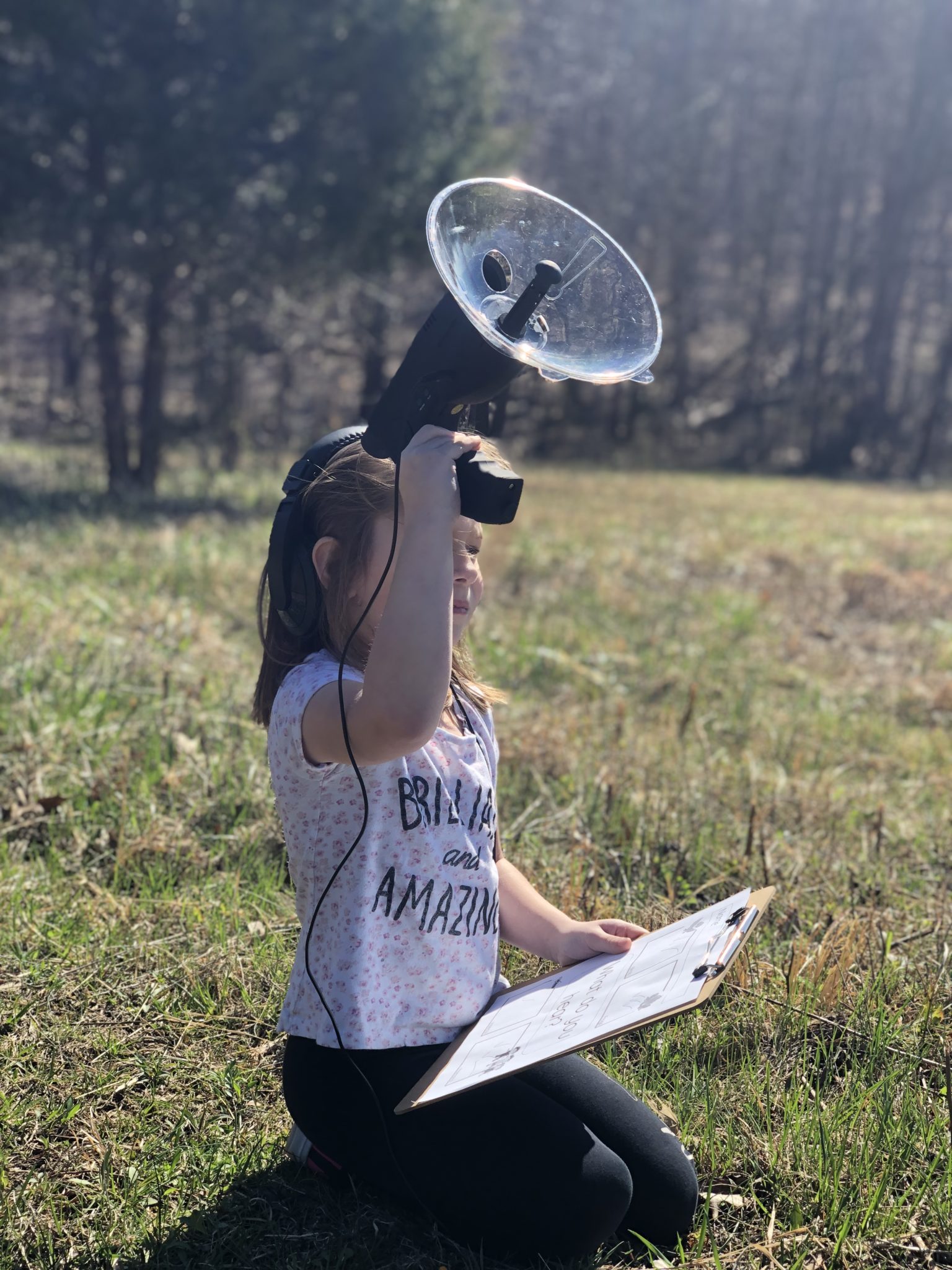 A: I was born and raised in Chillicothe, but I spent a large portion of my career in the Columbus area. My mother worked for more than 30 years as a kindergarten teacher in Chillicothe. We often had conversations about how different the opportunities were for students based on their geographic location.
A: I was born and raised in Chillicothe, but I spent a large portion of my career in the Columbus area. My mother worked for more than 30 years as a kindergarten teacher in Chillicothe. We often had conversations about how different the opportunities were for students based on their geographic location.
In central Ohio, I witnessed the innovative approaches to learning happening at the STEM schools around me and often thought how amazing it would be to provide a STEM focused education to students who had less access to STEM career models and STEM partnerships simply because of their ZIP code. When I moved back to Chillicothe, I began exploring ways of making this a reality.
When Chillicothe City Schools decided to make the transition to STEM learning for all students, I was so excited to come on board. As a proud alumna of the school district, the opportunity was made even more special.
The first big partnership that I established was with the Ross County Park District. The district manages a little more than 2,500 acres of recreational forest, fields and trails throughout the county. I contacted the park district director to ask permission to place camera traps (for “catching” animals on film) on park property so the students could compare city and forest wildlife. By the end of the conversation, we were planning a full partnership that grew at a rate that neither of us anticipated.
Every CCSD student in grades K-6 is given the opportunity to go into the parks and participate in authentic field research and outdoor STEM learning in the program that is now known as “Muddy Boots and Backpacks.” Each year the program expands, and we offer additional learning opportunities to our students. Currently, the park district is creating a STEM learning trail that our students can use for a wide range of learning expeditions.
When we made our first goal in our STEM journey to obtain STEM designation for our K-2 school, Chillicothe Primary, we knew it was vital for our students to learn design thinking beginning in kindergarten. We implemented a program called “Adventures in Innovation.” Because the classroom staff had no experience with teaching the engineering design process (EDP), we made the program part professional development and part student learning. Our curriculum consists of almost 30 engineering design lessons. Every teacher in the building is assigned one lesson. Throughout the academic year, the students rotate through the various classrooms at common time. Each student participates in all of the lessons, but each teacher can focus on being a facilitator of learning, utilizing the EDP and continuously improving his or her assigned lesson. Our teachers have mastered teaching engineering in very short periods of time. Thanks to this curriculum, we are reshaping the way our students will view obstacles and deal with failure.
Q: In facilitating this districtwide change, what or who has been your most valuable guide, and why?
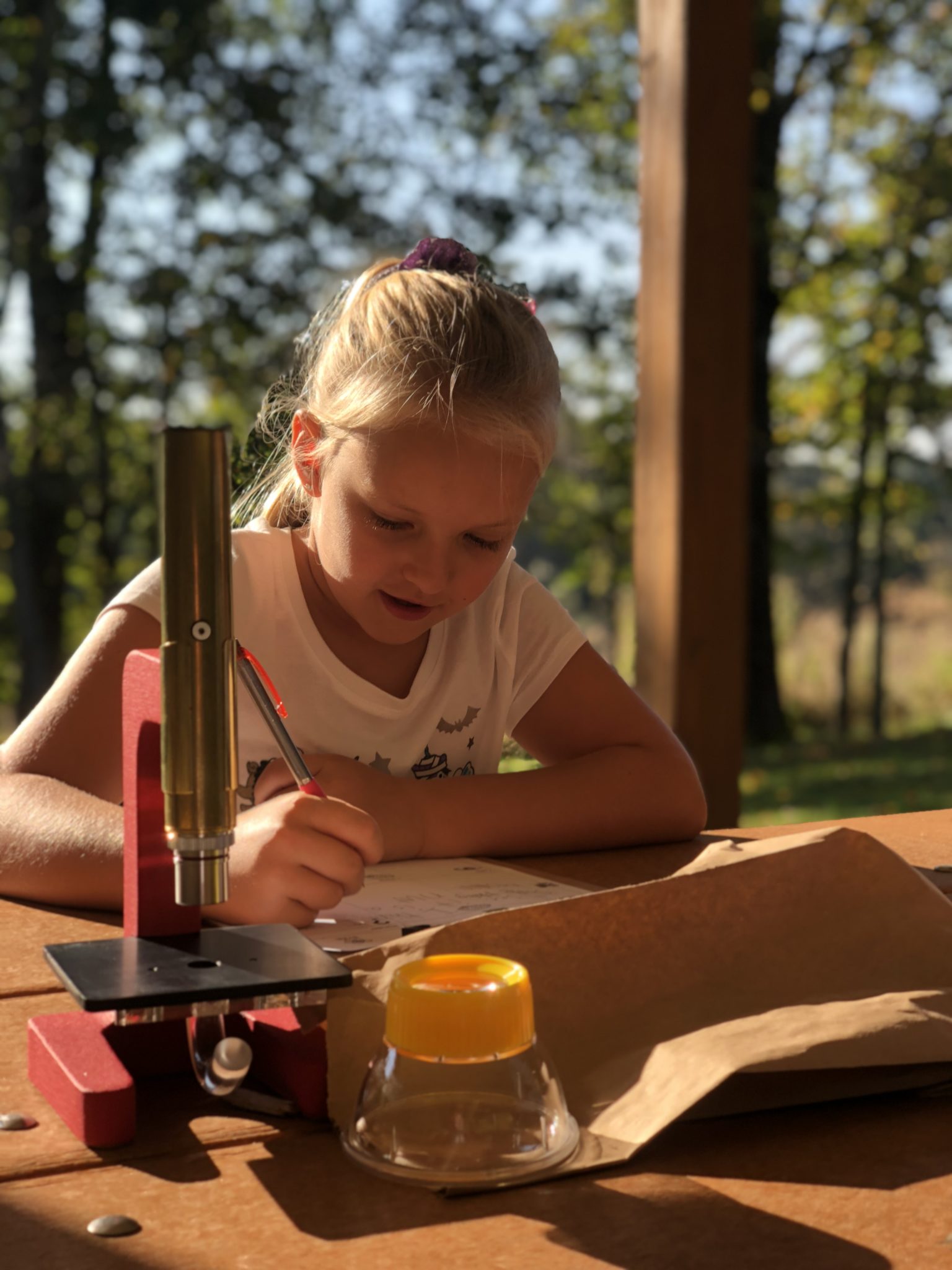 A: I truly cannot name just one person. This district has the most dedicated group of STEM supporters that I have ever had the privilege to work with. Our STEM facilitators are amazing, outside-of-the-box thinkers who are willing to try anything. A sign hangs in my office that says, “Always trust your crazy ideas,” and we live by that statement here.
A: I truly cannot name just one person. This district has the most dedicated group of STEM supporters that I have ever had the privilege to work with. Our STEM facilitators are amazing, outside-of-the-box thinkers who are willing to try anything. A sign hangs in my office that says, “Always trust your crazy ideas,” and we live by that statement here.
My curriculum director and the district STEM coordinator are fearless. They never tell us “no.” They are always ready to sit down and help us figure out how to give our students amazing opportunities. If we believe it is something valuable for our kids, they will find a way to make it happen.
Our building administrators are great. They are so supportive and flexible. We couldn’t do the things that we do without them. Our Board of Education members and our superintendent are outspoken STEM advocates, and we wouldn’t be where we are on this journey as a district without their dedication to giving our kids extraordinary opportunities.
I am a believer in a team. We knew we were undertaking a project for which there were few models. So we dedicated ourselves to following Ohio’s Quality Model for STEM and STEAM Schools and asking the question, “What would that look like here?” That document is such an incredible resource for us.
No single person can lead a STEM shift alone. But a great group of innovative, dedicated, big thinkers with a well-written guide can shake up the educational experience for students in a way that will benefit every student who walks through the doors of our district.
Q: Why have you reached out to your community to establish partnerships, and how have these partnerships benefitted the staff and the students? Can you give us some examples?
A: We do not have a wealth of large businesses in our area. What we do have is a community that is dedicated to giving our students a great education. I have found that once parents and community members begin to understand what STEM education looks like, finding authentic partnerships becomes less challenging.
Our largest partnership is with the park district, as I described above. However, we have also partnered with the Mighty Children’s Museum of Chillicothe. Staff members there have loaned us exhibits and have helped with planning and ideas for our new Exploratorium at CPS. We worked with the Chillicothe Tree Commission to plant trees in the neighborhood of our newly constructed schools. They also helped our students to choose trees for the green space on our campus.
Our team is constantly brainstorming ways that we can reach out into the community. We are currently working on a new partnership with Kenworth trucking and are excited to see what the future holds.
Q: Tell us about the support you give staff members and students so they can meet the challenges of completing STEM-based assignments. What are the challenges you, the teachers and the students have faced with adapting to a STEM-based curriculum, and how have you all handled the stumbling blocks?
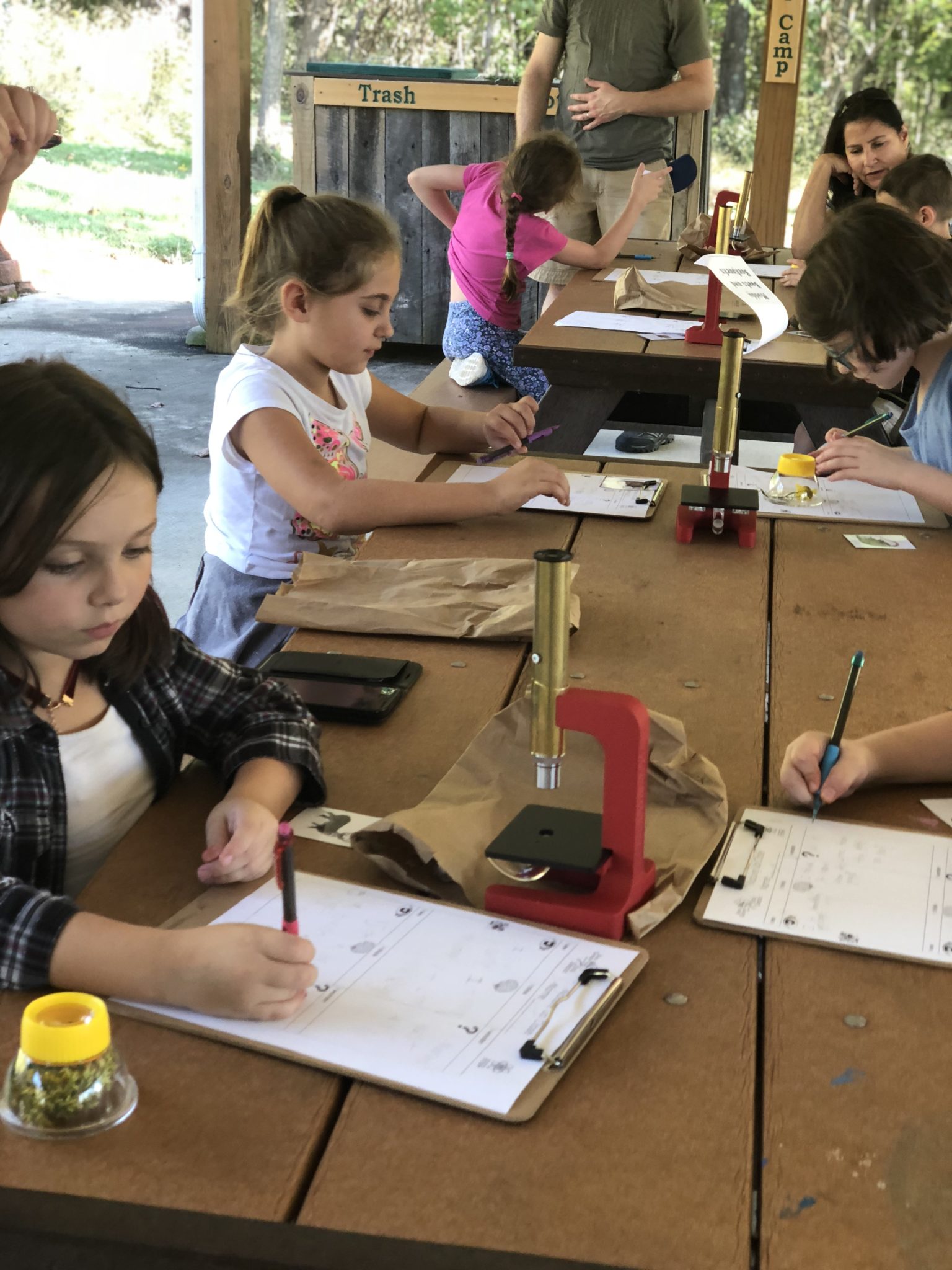 A: There are so many stumbling blocks when it comes to STEM. Setting the tone that we focus on growth – the growth of the staff, the students, the administration and the community – has been a challenge. There is never enough time for professional development (PD) in any aspect of education, so that tends to impede progress.
A: There are so many stumbling blocks when it comes to STEM. Setting the tone that we focus on growth – the growth of the staff, the students, the administration and the community – has been a challenge. There is never enough time for professional development (PD) in any aspect of education, so that tends to impede progress.
One of the very first things that we had to address was the language that we use when talking about STEM. STEM is a hot buzzword, but not all things that are called STEM are what we consider STEM in our district. So we started our own rating system for potential and current lessons: “STEMmish,” “STEMmy,” “STEM” and “craft.”
When we met for the first time to talk about it, I explained that all of these labels indicate that there is some value to the lesson, but pointed out that we need to be brutally honest with one another about whether what we are doing is STEM. We spent a full PD session reviewing lessons from journals, Pinterest and Facebook. We tried to sort them into the four categories. It was hard work. We don’t actually have a written definition for any of the terms, but the staff is very skilled at looking at a lesson and determining if it is “STEMmish” or “STEMmy” and deciding how we can adapt it to be authentic STEM learning.
Q: You mentioned an “Exploratorium,” what’s that?
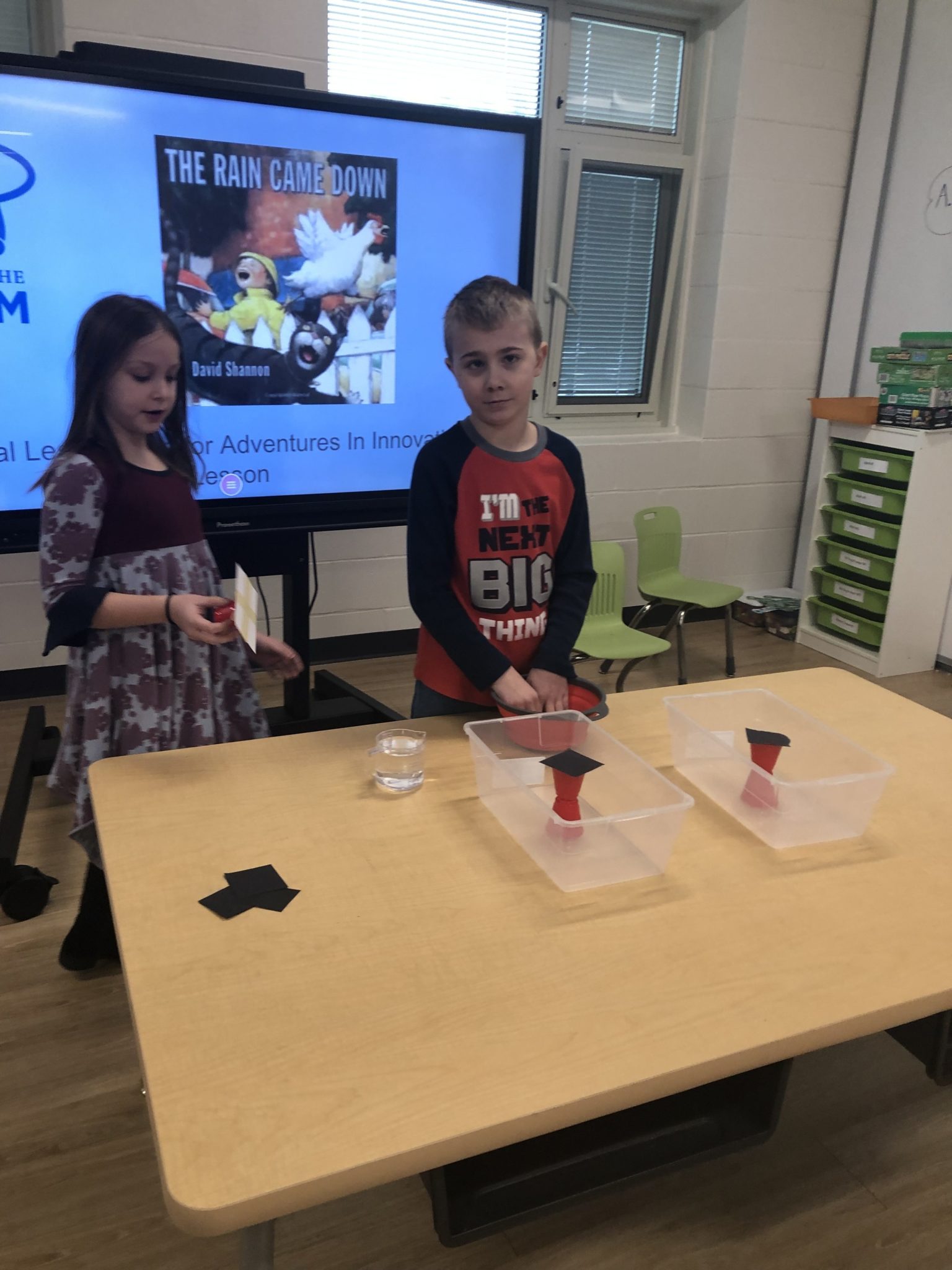 The Exploratorium is an open space inside the main entrance of the Chillicothe Primary School building. Teachers can sign up to bring their classes to the space at various times throughout the academic year. In the space, we have a wind tunnel, virtual reality goggles, interactive boards and various stations that support the grade-level-driving questions such as “Why are minibeasts important?” and “Is change always good?”
The Exploratorium is an open space inside the main entrance of the Chillicothe Primary School building. Teachers can sign up to bring their classes to the space at various times throughout the academic year. In the space, we have a wind tunnel, virtual reality goggles, interactive boards and various stations that support the grade-level-driving questions such as “Why are minibeasts important?” and “Is change always good?”
We plan to add new interactive displays each year to the Exploratorium. For instance, through our partnership with the park district, we plan to have live animal observation displays that are ethically managed by the park district so students can observe various creatures up close.
We also use the Exploratorium for STEM special events. For example, two students from Southern State Community College brought their working model of the Mars rover to the Exploratorium, and our classes could sign up to learn about Mars, the rover and robotics in general and to interact with the builders.
The Exploratorium is an evolving project, but we are very excited to continue to expand it.
Q: What STEM-based programs in your district have been the most successful? What is on the drawing board/wish list for the future?
A: Our programming for K-2 is by far the most successful. The building was granted STEM designation last spring, and we fly that banner proudly! We have experienced success in many places across the district. An entire wall in my office is dedicated to maintaining the district wish list. My personal wish list has only two words: “Never stop.”
My son will start kindergarten in this district in just a few weeks. I want all 13 years to be overflowing with STEM learning. I want us to continue to grow and innovate. I want us to provide opportunities for our students that can’t be found anywhere else. I want our students to wake up in the morning and be excited to come to school because we have created a place where everyone can fail, everyone can succeed and every student realizes that he or she truly has the power to make a difference in the community and the world.
Q: How did you maintain problem-based learning and real world problem solving in the curriculum when education went online statewide in the spring, and what have you learned from that distance-learning experience?
A: I like to think that our specialty is the pivot. However, this was a challenge like no other.
We had to cancel all of our spring “Muddy Boots” trips, and we wanted to do something to keep the kids connected to nature. The park district’s educator, the school district STEM facilitator and I launched a program called “Wild Eyes.” We recorded weekly challenges for students that required them to interact with nature and technology. Any kid, from any school district in the county, could earn an explorer’s badge for participating.
The kids made and submitted short videos of mysterious things they found, and one of our parents who works for the Ohio Department of Natural Resources made response videos identifying their finds. We had a scat week, which was a favorite!
We are trying to turn obstacles into opportunity, so we have kept great notes about the things we wished we would have had in place before the schools closed. I truly believe that by the time school returns full swing, we will actually have grown from the experience and be able to utilize technology in the classroom in a way that will open new doors for our kids.
Q: What advice would you give other educators who might want to incorporate more STEM-based learning into their curriculum, especially in this time of possibly more distance learning in the fall?
A: First, don’t be afraid. It isn’t easy work, and it doesn’t happen in one lesson. Start where you are, and build. It might be as simple as doing a design challenge or as difficult as facilitating a service learning project remotely. Start there, and then focus on growing.
Overall, as you look to the fall, ask the right questions. Don’t focus on all of the things that we can’t do. Try instead to think about how we can do those things with the constraints we have been given. That is what innovation is all about. This has been a real life design challenge for educators across the globe!